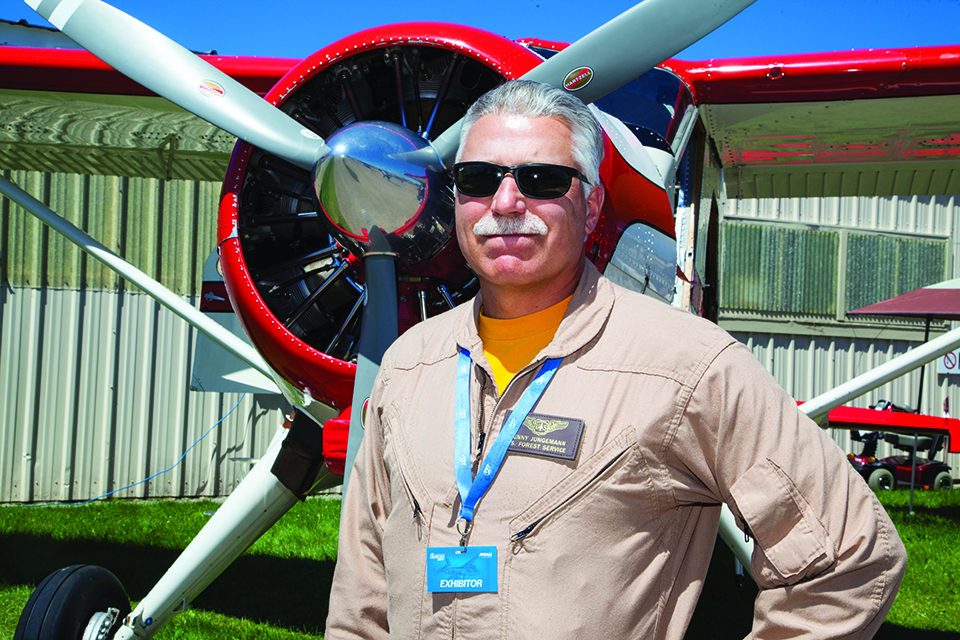60 Years, 1 Owner, No Damage History
By Randy Dufault
July 29, 2017 - Trees, water, canoes, and quiet are all fixtures in the Boundary Waters Canoe Area Wilderness in northern Minnesota. And so are the big white-and-red Forest Service floatplanes that have operated in the area continuously for three generations.
Two of the three de Havilland Beavers stationed at the service’s Shagawa Lake base arrived directly from the factory, one in 1956 and another in 1957. The third plane spent seven years in U.S. military livery before beginning its Forest Service duties.
“We put the floats on in April, early May, depending on what the weather is doing,” said Joel ‘Henny’ Jungemann, the Forest Service pilot who brought one of the Beavers to EAA AirVenture Oshkosh 2017. “[They stay that way] until late October, early November.”
For winter duty, one of the planes gets its wheels back and relocates to the Ely Airport. Another gets a set of wheel skis and remains in the lake hangar.
“We keep a strip groomed on the ice with a snowmobile,” Henny said. “We are right on the lake so we can just open the hangar, push it out on the ice, close the hangar door, and start it up.”
Since summertime demand for the planes is high, winter is prime time for any maintenance and upgrade activity. Over the years, the planes have incorporated a number of changes that help accomplish several different missions they are asked to do.
One key Beaver enhancement is the installation of a firefighting water drop tank between the floats.
“It’s an F-86 fuel tank,” Henny said. “That was developed right there in Ely. They figured out how to weld some supports on it, cut some doors in it, hook it up to the cockpit, and make it scoop water.”
A pickup tube on the right float fills the tank in six or seven seconds. Once the tank is full, the pilot navigates to the target fire and opens the six spring-loaded doors in the bottom of the tank, leaving 1,000 pounds of water in the aircraft’s wake.
Other mission configurations for the Beavers include forest reseeding, fish restocking, and some law enforcement duties. However, one of the most important duties the Beavers perform is acting as wilderness ambulances.
“There are no helicopters close,” Henny said. “Even if there were, there are not a lot of places to land.”
There is deep concern about noise in the BWCA, even in life safety situations.
“We are very low impact,” Henny said. “We come in at idle and land and make one takeoff. As opposed to a helicopter — they are going to be sitting there churning up the air for an extended period, making lots of noise.”
In addition to showing off the multirole Beaver, Henny has another purpose here at AirVenture: Find pilots.
“The other [pilot] is probably going to retire next year, so we are trying to hire one, maybe two, more guys,” he said.
To qualify, a pilot must have at least 500 hours of float time and be able to start work with the service before the age of 37. A multiengine rating is required, although Henny says they can wave a typical Forest Service requirement for 500 hours of multi-time.
When asked whether he expects the Beavers to retire anytime soon, Henny said, “I would hope not. Because of the [firefighting] tanks, I really think they are going to be reluctant to give them up.”
He added that the entire history of the planes is well-known, and they are damage free. They’re also relatively low time when compared to other Beavers of the same age.
“I’m pretty sure we can keep them around for a while.”
